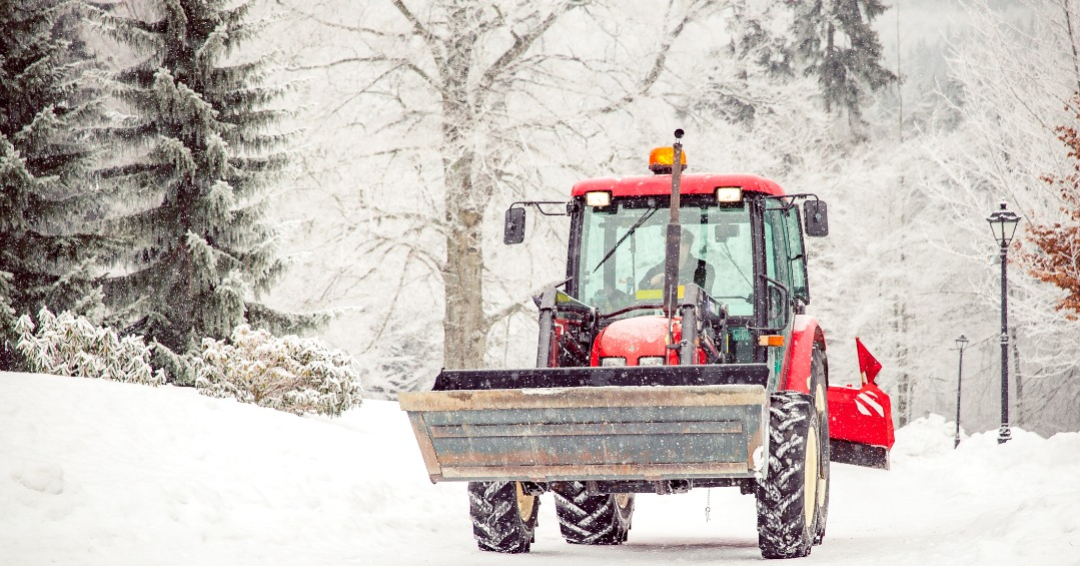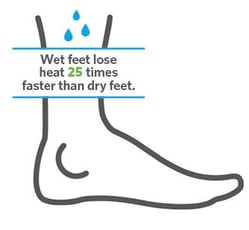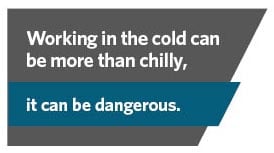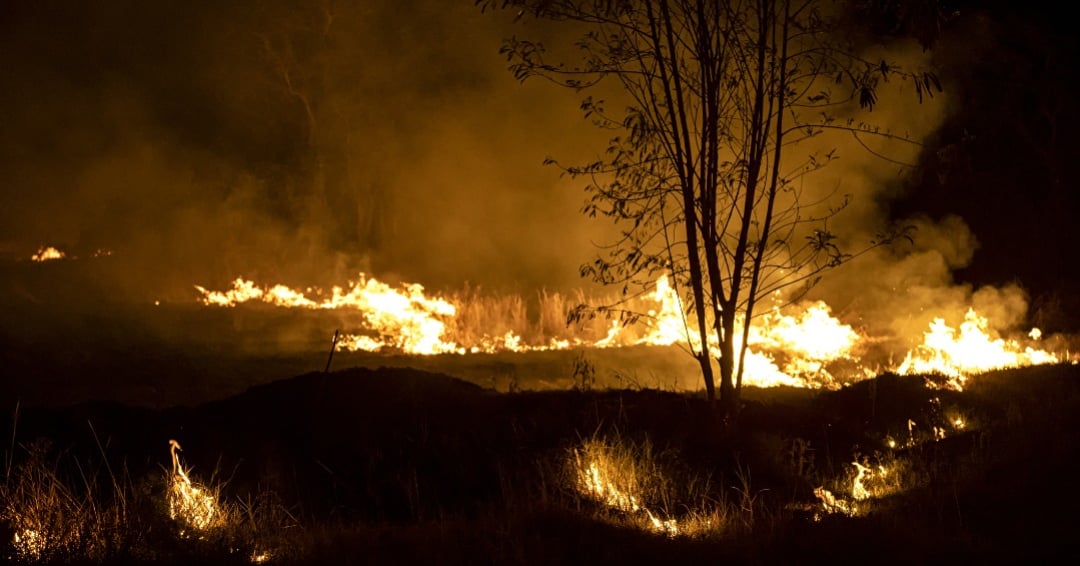New Heat Exposure Rules To Watch For This Summer
With summer temperatures consistently rising across the country year after year, new safety regulation development is underway at the state and...

Cold weather can be more than uncomfortable; prolonged exposure can lead to severe illness. As the darker, wet, and often chilly months approach in the Pacific Northwest, employers should be aware that employees working outside in cold temperatures for prolonged periods are at risk of cold stress. Employees and supervisors should receive training to recognize and respond to cold stress-related health emergencies.
Chilblains are a rash-like condition resulting from exposure to cold and wet environments and can occur in as little as one hour. Symptoms include swelling, tenderness, and pain, as well as either redness or darkening of the skin.
 Trench foot is an injury that can occur with extended exposure to wet and cool conditions. Because wet feet lose heat 25-times faster than dry feet, the body tries to constrict circulation to the feet to prevent heat loss. When this happens, skin tissue begins to die. Symptoms include redness and numb feet, leg cramps, swelling and painful tingling, blisters, and eventually gangrene which is tissue death. With extended exposure, trench foot can occur when temperatures are as high as 60°F.
Trench foot is an injury that can occur with extended exposure to wet and cool conditions. Because wet feet lose heat 25-times faster than dry feet, the body tries to constrict circulation to the feet to prevent heat loss. When this happens, skin tissue begins to die. Symptoms include redness and numb feet, leg cramps, swelling and painful tingling, blisters, and eventually gangrene which is tissue death. With extended exposure, trench foot can occur when temperatures are as high as 60°F.
Frostbite occurs when body tissue freezes. Symptoms include reduced blood flow, numbness and tingling, stinging sensations, and blue or pale waxy skin. If left untreated, frostbite can lead to amputation of the affected body part.
 Hypothermia is an illness that occurs when the body loses heat faster than it can be produced, resulting in a dangerously low body temperature. It can also impact the brain, causing confusion and loss of coordination. Early symptoms include shivering and fatigue, while late symptoms include bluish skin, dilated pupils, slowed pulse, and unconsciousness.
Hypothermia is an illness that occurs when the body loses heat faster than it can be produced, resulting in a dangerously low body temperature. It can also impact the brain, causing confusion and loss of coordination. Early symptoms include shivering and fatigue, while late symptoms include bluish skin, dilated pupils, slowed pulse, and unconsciousness.
Staying dry is key to staying safe in the cold. Both employers and employees should prepare for outdoor work by monitoring weather, temperatures, and windchill, which can make conditions feel colder. Employers should provide outdoor workers with weather-appropriate gear and train them to dress for the conditions, including stressing the importance of layering clothing. Workers should choose wool or synthetic materials and avoid cotton, which absorbs moisture and traps it next to the skin. In frigid temperatures, it’s a good idea to wear hats, insulated gloves and boots, and to carry extra dry gear. Other techniques to prevent cold stress include:
When cold stress is suspected, the individual should be moved to a warm, dry environment and remove any wet clothing if possible. If symptoms appear minor, transport the individual to a medical clinic for observation. If symptoms are more serious, call 911 for further instruction.
Working in the cold can be more than chilly; it can be dangerous. But simple precautions like the ones listed above can help mitigate the risk of injury. Eligible members will find a How to 101: Stay Safe in the Cold poster in the mozzo Resource Library and can contact a Safety expert through the mozzo Advisor Chat with any questions.

With summer temperatures consistently rising across the country year after year, new safety regulation development is underway at the state and...

NASA's Goddard Institute for Space Studies (GISS) scientists reported that July 2023 was the hottest month on record globally. Unfortunately, experts...

Nestled in the Pacific Northwest, Washington State is known for its temperate climate. However, that doesn’t mean the region doesn’t experience hot...